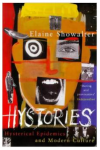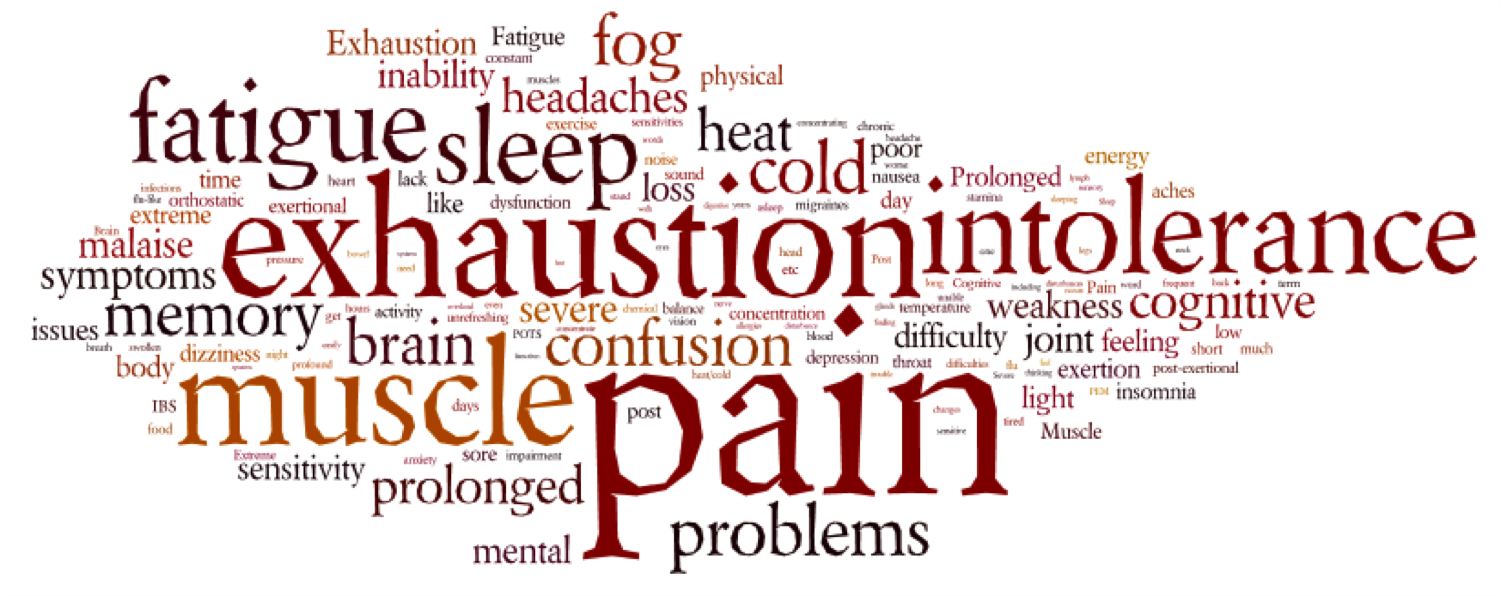Asa
Senior Member
- Messages
- 179
Please just say if there's a thread like this elsewhere--I looked but didn't find one. I thought it might be interesting to create/collect a visual history of how ME/CFS (in all its various labels) has been presented. So, here's an initial contribution: (Please share dates and please archive links, for example https://archive.org/web/.)
(Edit & note: My thoughts were of actual visual (photos, drawings) images, but maybe written descriptions of what ME/CFS "looks like" could be included too? Would eventually too be nice to know where photos originated -- actual person with ME/CFS, or a stock image of someone who is "tired", etc. Any duplicate images?)

https://web.archive.org/web/2015062...tal.org/smash/get/diva2:196979/FULLTEXT01.pdf
(Edit & note: My thoughts were of actual visual (photos, drawings) images, but maybe written descriptions of what ME/CFS "looks like" could be included too? Would eventually too be nice to know where photos originated -- actual person with ME/CFS, or a stock image of someone who is "tired", etc. Any duplicate images?)
https://web.archive.org/web/2015062...tal.org/smash/get/diva2:196979/FULLTEXT01.pdf
Last edited:









